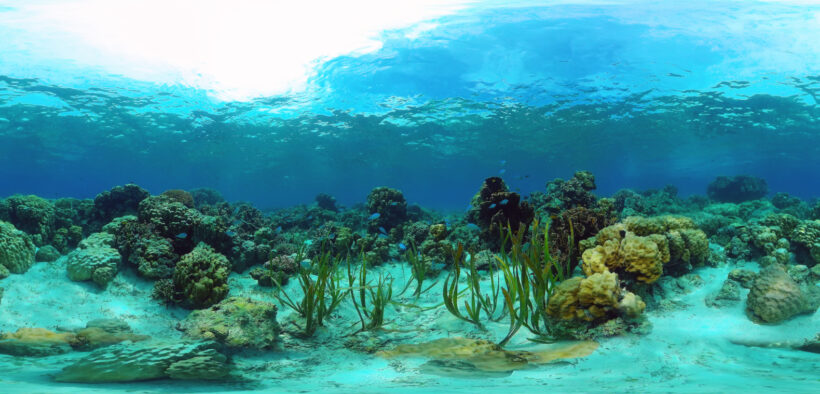Three hundred sixty–degree (360°) video provides an opportunity for students to have an immersive experience of a location they’re studying in class. Prices have dropped to a point where institutions generally have 360° cameras available for instructors to use. Students can play 360° videos in virtual reality mode, where they view the scene in 3D on ordinary smartphones with inexpensive viewing goggles, such as Google Cardboard Cameras (available for $15). Alternatively, they can view the videos in 360° mode in an ordinary browser, choosing their perspective by swiping the screen with their mouse or fingers, albeit without the true 3D experience.
Teaching with 360-Degree Video

- Tags: 360 images, teaching with technology, video
Related Articles
I have two loves: teaching and learning. Although I love them for different reasons, I’ve been passionate about...
Active learning is a mostly meaningless educational buzzword. It’s a feel-good, intuitively popular term that indicates concern for...
Perhaps the earliest introduction a student has with a course is the syllabus as it’s generally the first...
Generative AI allows instructors to create interactive, self-directed review activities for their courses. The beauty of these activities...
I’ve often felt that a teacher’s life is suspended, Janus-like, between past experiences and future hopes; it’s only...
I teach first-year writing at a small liberal arts college, and on the first day of class, I...
Proponents of rubrics champion them as a means of ensuring consistency in grading, not only between students within...








